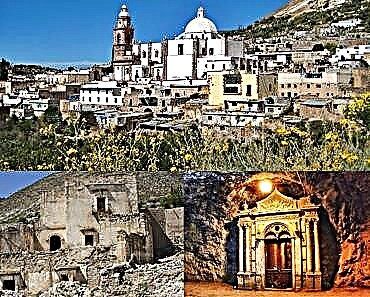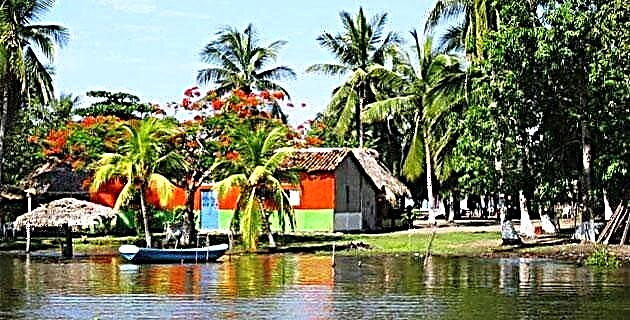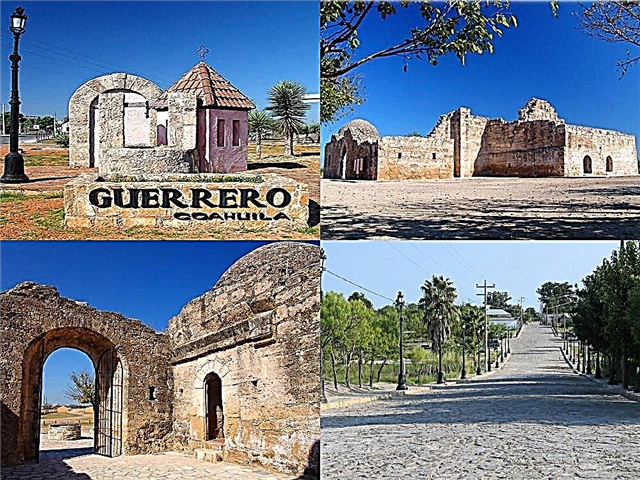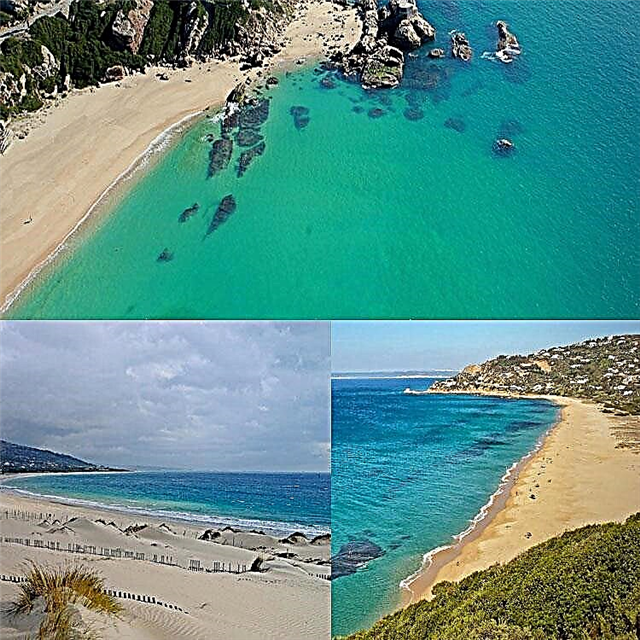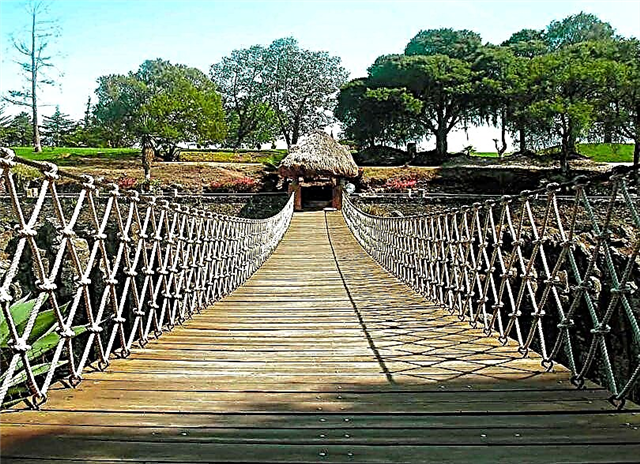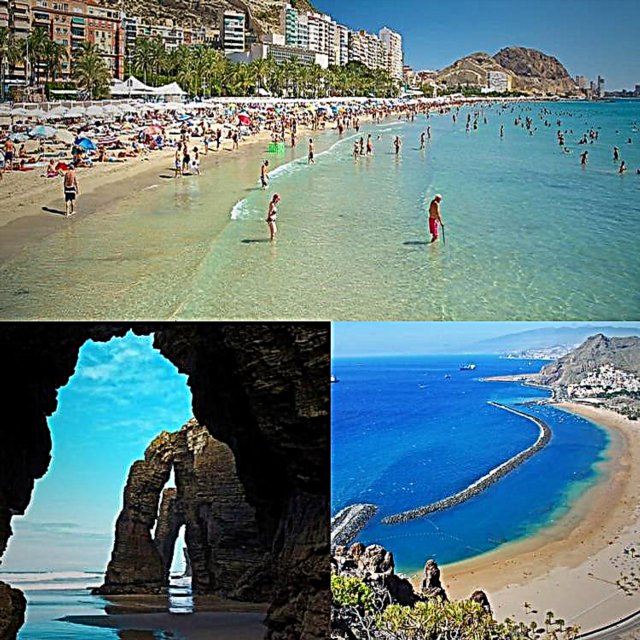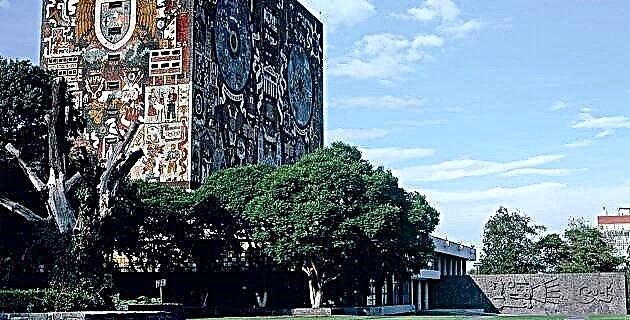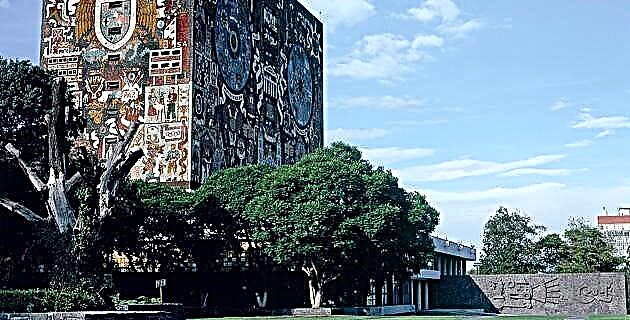
The Central Campus of Ciudad Universitaria was recognized as a World Heritage Site on June 29, 2007. Learn a little more about this magnificent space that houses the "maximum house of studies".
Located to the south of the Federal District, the Ciudad Universitaria extends over a surface of one thousand hectares, mostly covered by a lava deposit six to eight meters thick, which we from the capital call El Pedregal, a product of the Xitle volcanic eruption. in the 1st century. Avenida de los Insurgentes, the longest in the city, crosses the Central Campus or original complex that covers approximately 200 hectares, where the main areas such as the Olympic Stadium and its volcanic stone slopes, ornamented by colorful reliefs by Diego Rivera; the area of the various faculties; general services; the civic center and the sports area.
Many families go to its facilities on Sundays, mainly to the vast open spaces made up of esplanades, patios and gardens, arranged exclusively for pedestrians.
The recognition of UNESCO now allows us to see CU from another perspective, in which several of its buildings stand out by themselves, such as the Rectory with its slender tower; the Central Library which boasts on its facades the spectacular murals of the master Juan O'Gorman; the faculties of Engineering and Medicine; the remarkable Cosmic Rays pavilion covered with incredible 1.5 cm thick concrete ceilings; the frontons in the shape of a pre-Hispanic slope or the great pool.
Its universal values
Francesco Bandarín, director of the World Heritage Center, visited cu in 2005. When asked if the complex had universal value, he replied: “For me, yes, but… it remains to be seen what the Committee says”. ICOMOS experts confirmed what the UNESCO authority said. They began by recognizing it as a masterpiece of the creative genius of man, for being a unique example of the 20th century where more than 60 professionals worked as a team to create this great urban-architectural complex, which has become a testimony of social and cultural values of universal significance. that contribute to the progress of humanity through education. On the other hand, converge in the Central Campus: modern architecture, nationalist traditions and plastic integration. In this last factor, the participation of great artists such as David Alfaro Siqueiros (1896-1974), José Chávez Morado (1909-2002), Francisco Eppens (1913-1990), among others, was decisive. Finally, the Cu Campus is one of the few models in the world where the postulates of Modern Architecture and Urbanism were fully applied, especially the one whose purpose was to offer man a notable improvement in his quality of life.
History
Our University is one of the oldest in the American continent. The King of Spain, Felipe II, granted it the title of Royal and Pontifical University of Mexico in 1551. Some time later it was closed by Maximiliano de Habsburgo and reopened in 1910 with the name of the National University of Mexico. In 1929 it obtained its autonomy to ensure cultural development and scientific education in the country, then called the National Autonomous University of Mexico. For many years it occupied various and historical buildings in the center of the city, until 1943 when it was decided to locate all its schools in a field far from the center, along the paths of the old town of Coyoacán. The general project was in charge of the architects Mario Pani and Enrique del Moral.
Whether or not we are graduates of this University, we have more than enough reasons to be proud of it.
I knew that ...
The National Autonomous University of Mexico (UNAM) is among the one hundred best educational institutions in the world, and in Latin America it tops the list of the more than one thousand existing in that region. Many professionals have graduated from their classrooms and contributed to the development of our capital city and the entire country, including several in the international arena. These achievements are not fortuitous, because throughout its existence, UNAM has been faithfully fulfilling its main objectives: teaching, research, and the dissemination of knowledge.

